Pesticides and Fertilizers
Chemically protecting crops
Fertilizers
Fertilizers are substances applied to the soil in order to stimulate plant growth by introducing essential nutrients. Plants rely heavily on three nutrients for growth: nitrogen, phosphorous, potassium, sulfur, carbon, and hydrogen. Micronutrients, like zinc, are also present in some fertilizers.
There are three main sources of fertilizers:
- Biosolids (nutrient-rich organic materials)
- Manure/Industrial Wastes
- Commercial Fertilizers
Common Fertilizers
One of the most essential nutrients for plants is nitrogen. While nitrogen is abundant in the atmosphere, gaseous nitrogen is not directly usable. Therefore, nitrogen gas (N2) must be converted into usable forms of nitrogen (NH4, NH3, & NO3–). This process is known as nitrogen fixation (equation found below).
N2 (g) + 3H2 (g) → 2NH3
This process is mimicked in laboratories for the large-scale production of fertilizers. Ammonia, which is produced from nitrogen gas, is used frequently as a fertilizer. Its structure is shown to the right.
Pesticides
Pests are any organism that lives where they are not wanted or that cause damage to another organism. Oftentimes, especially in current farming practices, chemical pesticides are used to protect crops and animals. Pesticides are substances intended for preventing, destroying, repelling, or migrating a pest. Chemical pesticides can be incredibly effective due to their fast-acting nature, however, they are also detrimental to the environment if applied excessively.
Common Pesticides
Pesticides range greatly in structure as you can see from the images below. As more and more is learned about the biological effects of pesticides, new ones are created while others are outlawed. Below are a few pesticides that are no longer used due to their intense, destructive nature.
DDT was commonly used in the mid-1900s to control mosquito populations in order to reduce the spread of malaria and other diseases. After years of use, it was discovered to remain in the environment for decades, residing in the tissue of plants and animals. Therefore, use was discontinued in the United States.
Methyl bromide was previously used as a pesticide fumigant. After discovering its dangers, it was no longer used. A naturally occurring substance, harpin, replaced methyl bromide. Harpin doesn’t directly kill pests, which prevents resistance. It also rapidly decomposes, decreasing environmental stress.
Dioxin was an incredibly toxic herbicide, causing developmental issues and cancer. A single teaspoon would be lethal to 2500 people. TCDD was famously used in “Agent Orange” during the Vietnam War to kill much of the encompassing vegetation.
Resistance
As mentioned above, excessive use of chemical fertilizers and pesticides can have detrimental effects to ecosystems. Furthermore, excessive usage can cause biological resistance. If pests are continuously exposed to specific chemicals, over time, these pests may adapt and no longer be affected by the chemical. This process occurs by selection. Only the fittest organisms will survive to reproduce (those that survive even in the presence of the pesticide). Therefore, their offspring will also be resistant. In time, increased concentrations or new chemicals must be used to combat the resistant pests. We will discuss the effects of the introduction of high concentrations of chemicals in “Agricultural Pollution.”
Regulations
The United States Environmental Protection Agency (EPA) regulates the usage of chemical pesticides and fertilizers. The laws enforced by the EPA are implemented in order to protect the environment from the harmful effects of over-usage.
